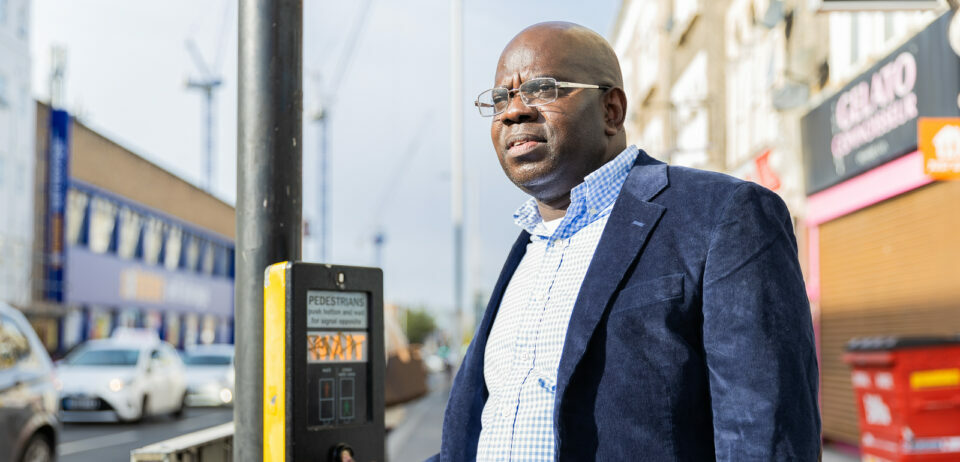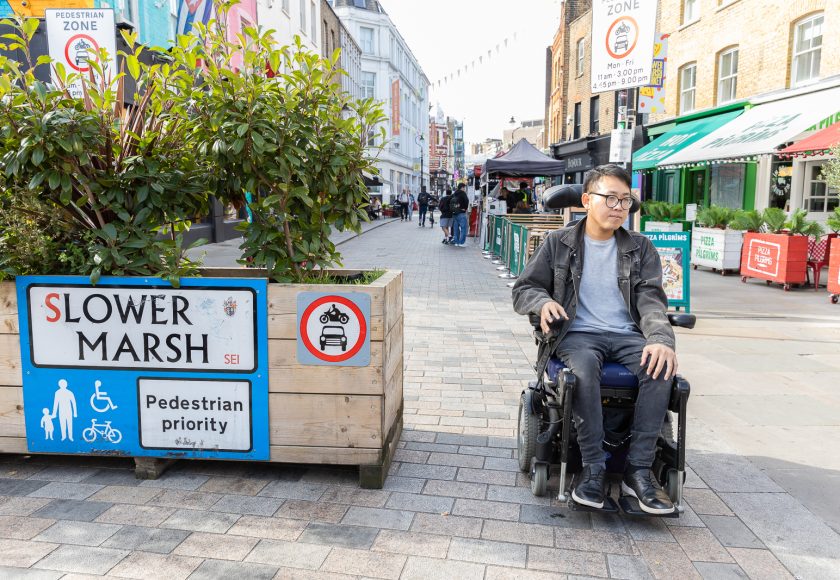
What do we mean by walking/wheeling?
We use the term ‘walking/wheeling’ to make explicit to policymakers and transport planners that pedestrian environments must be made accessible to those using wheelchairs and other wheeled mobility aids, not just those on foot.
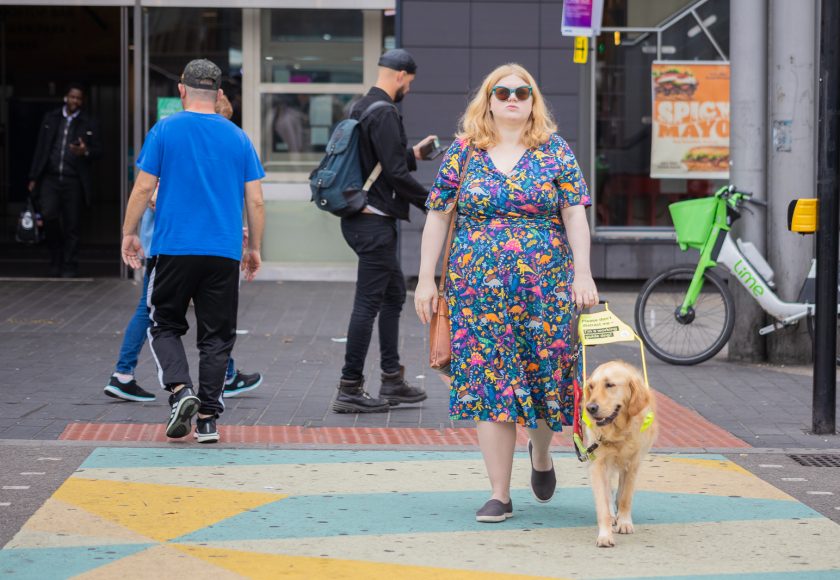
Policy background
Almost all journeys begin with some amount of walking/wheeling, if only to the vehicle, station or stop. It’s a crucial mode of transport, and is the second most frequently used mode by disabled people, accounting for 28% of all journeys made. Despite this, disabled people take 30% fewer walking trips per year than non-disabled people. (Department for Transport)
Walking/wheeling is an area that has been identified as needing investment; in England, the Cycling and Walking Investment Strategy (CWIS2) sets out the aim to increase the percentage of short journeys in towns and cities that are walked or cycled to 50% in 2030 and to 55% in 2035.
A new body, Active Travel England, was set up in 2022 with the aim of making walking, wheeling and cycling people’s preferred modes of transport. However, in March 2023 the Government announced that funding for improvements was being reduced.
Our research and work on this issue
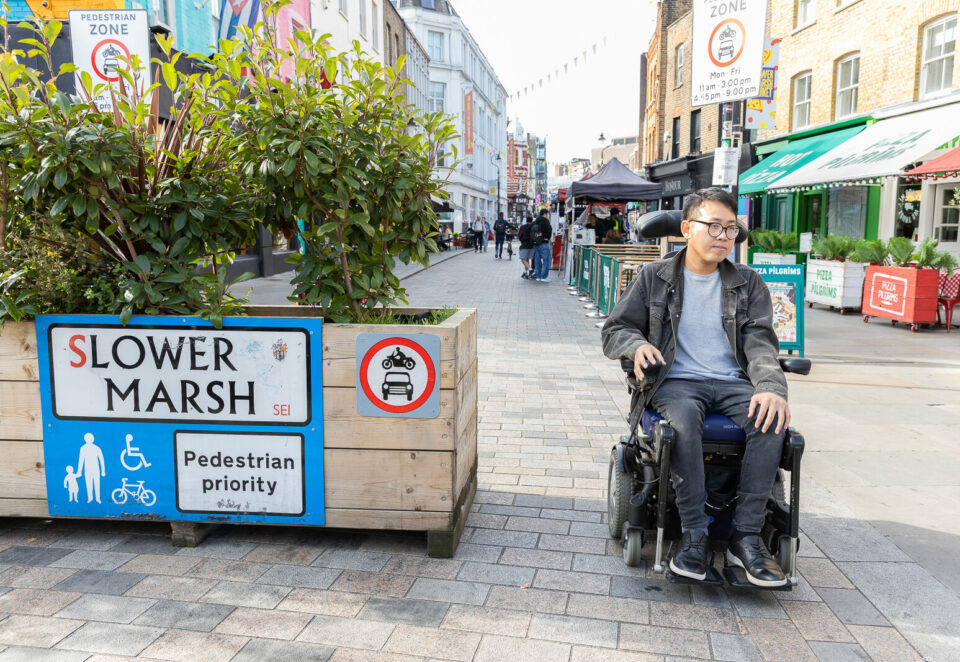
Pave The Way
Pave The Way is the only independent and in-depth research into how disabled people have been impacted by Low Traffic Neighbourhoods, and the barriers to Active Travel.
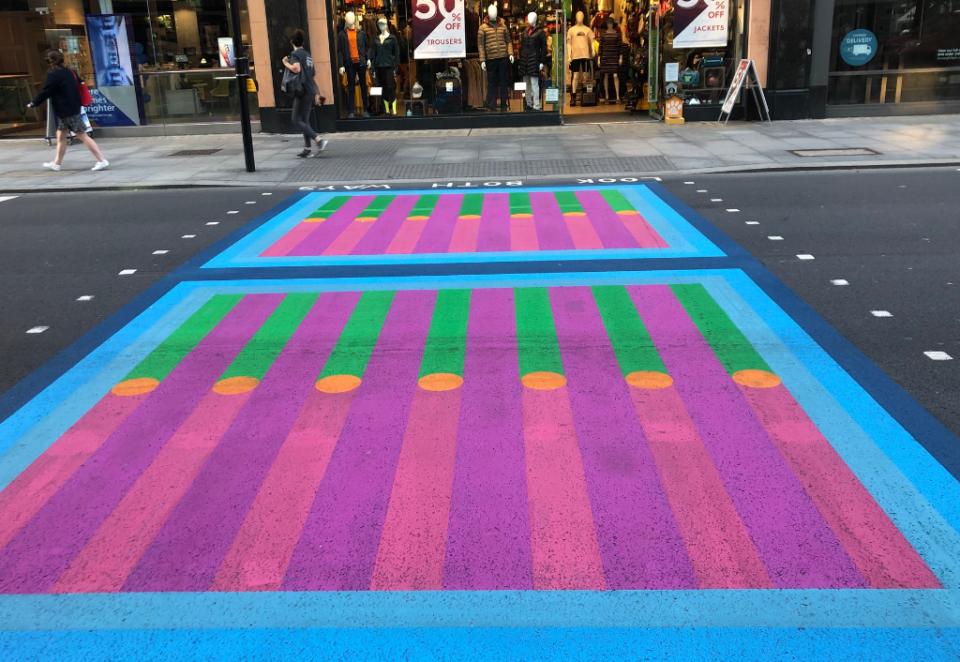
Colourful crossings
Read our open letter to the Mayor of London setting out our concerns about the safety and accessibility of colourful crossings.
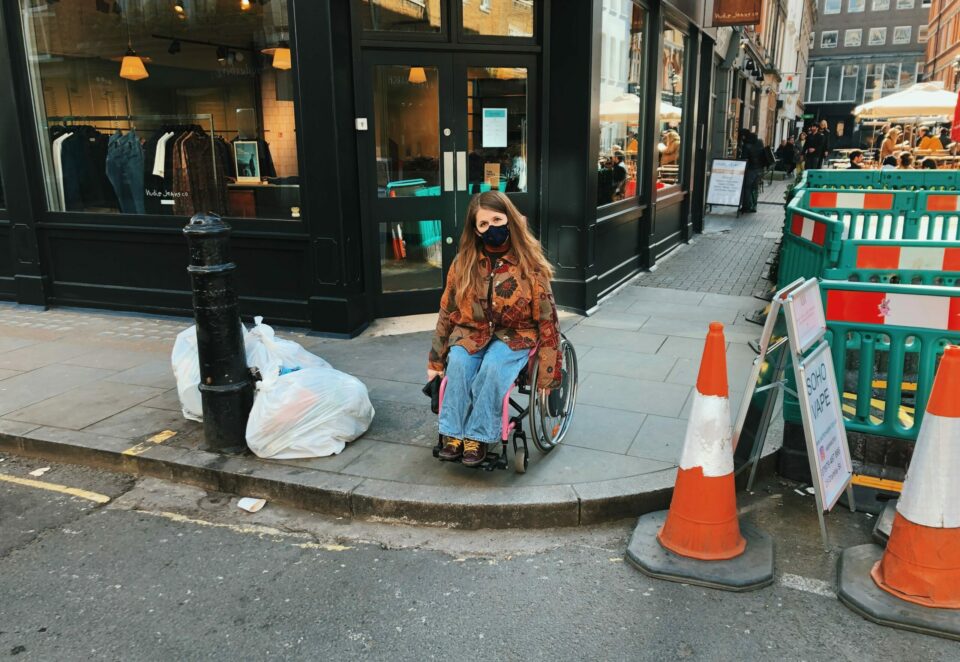
Soho’s streets are inaccessible: we’re campaigning to change that

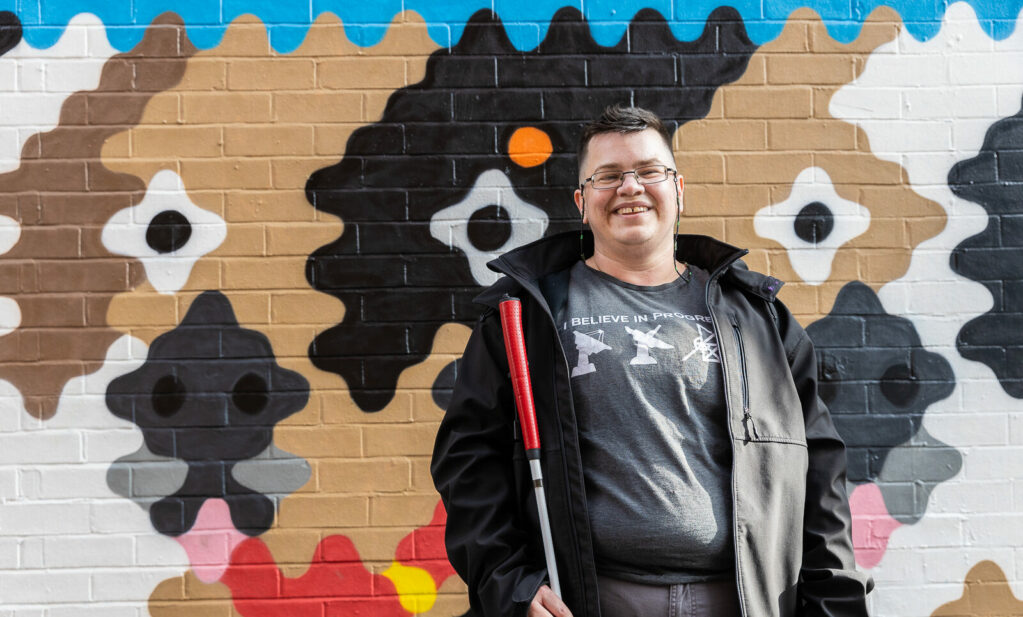
Support us
We can't do this without your support. Take action, give what you can, or sign up as a member - and join our movement of disabled people fighting for a better future.
